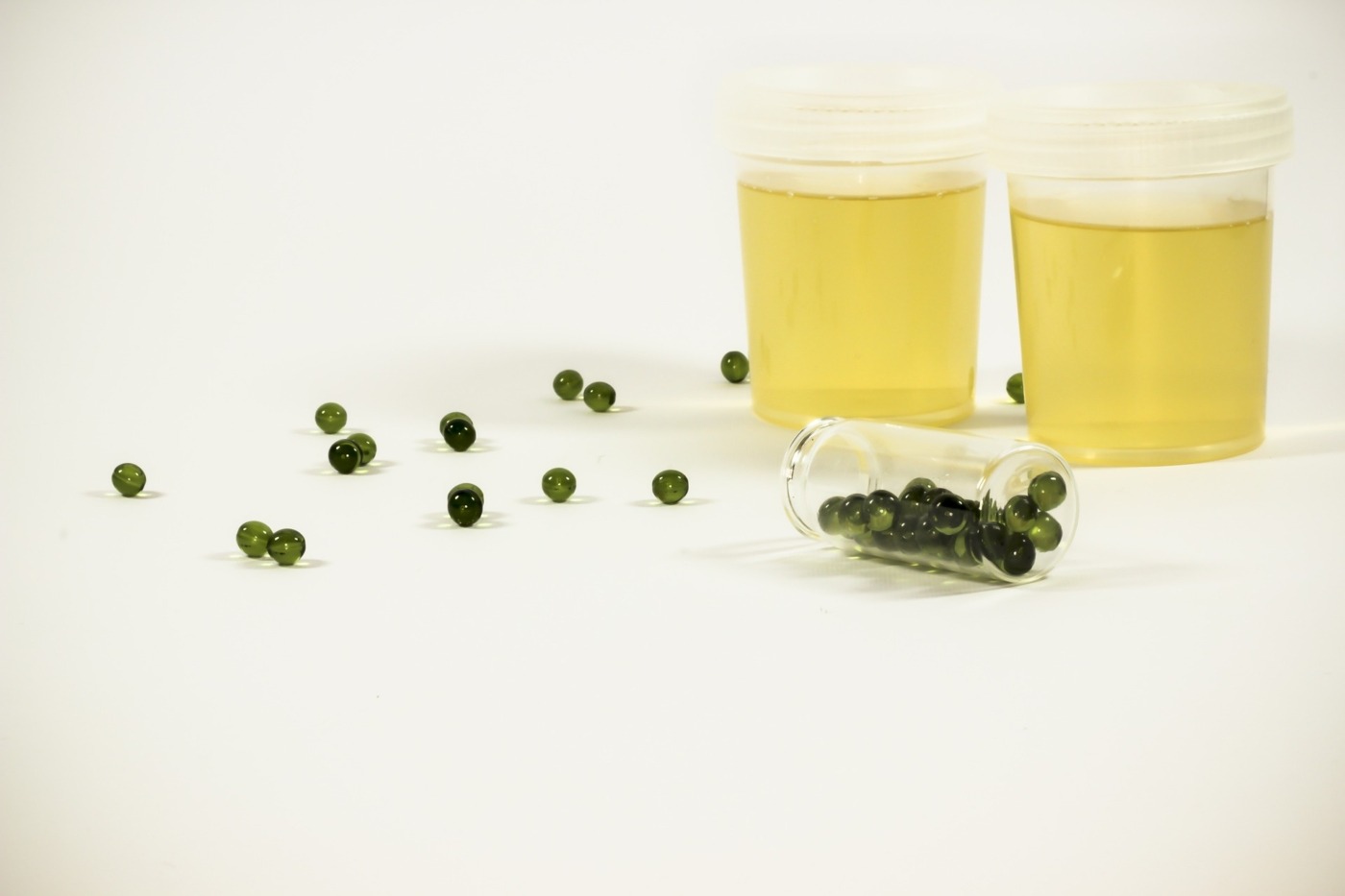The box that can detect cancer at home
A 23-year old Spanish student, Judit Giró Benet, has developed a box for analysing urine samples of potential breast cancer patients that can be used from the comfort of their own homes. Inspired by her mother’s breast cancer diagnosis, Judit sought to create a new method of diagnosis to improve testing accessibility. Traditional methods for spotting cancer include feeling for lumps, noticing abnormal symptoms, or detection using a mammogram or ultrasound.
The cancer detection box uses gas chromatography mass spectrometry (GC-MS) to analyse the substances present within the sample, based on odour. The odour is processed by four metal oxide sensors and Aurino, an open source computing platform. Next, the output produced by the platform is sent to the cloud where an algorithm is used to analyse metabolites present within the urine, before the results are sent to the linked smartphone app. If the user tests positive, they are put in touch with a medical professional.
Remarkably, the algorithm has a 95% success rate, however it is yet to be tested on humans. The device may represent the next generation of cancer screening. Currently, many women are diagnosed too late, once the cancer has reached a deadly stage. Theoretically, this device can help prevent this issue, allowing earlier screening, minimising advanced stage diagnosis. “The Blue Box has the potential to make cancer screening a part of daily life. It can help to change the way society fights breast cancer to ensure that more women can avoid an advanced diagnosis,” said Judit.
“It remains to be determined whether the test is capable of detecting early stage cancer”
Currently, mammography and magnetic resonance imaging (MRI) are popular breast cancer screening methods, allowing screening at early stages where cells are undetectable elsewhere in the body. However, since the box detects changes in urine, it remains to be determined whether the test is capable of detecting early stage cancer.
It is reported that nearly 40% of women skip Mammogram Breast Cancer Screening, offered to women aged 50-71 in the UK. 41% do so because of pain, a problem circumvented by the box. While this means around one-third of breast cancers are detected too late, a startling proportion (93.55%) of breast cancers are in fact false alarms. Furthermore, yearly exposure to a mammogram increases breast cancer risk, a problem in itself. Thus, the need for a pain-free, non-irradiating breast cancer test is clear.
The device received the international James Dyson Award in 2020. Judit plans to use the £30,000 prize money to achieve three key goals: file for patent protection, conduct human clinical trials, and receive FDA approval. Achieving these will help Judit become one step closer to her ultimate goal of preventing late-stage breast cancer for every woman in the world.
“At home tests have the potential to significantly lessen burden on the healthcare system”
The popularity of home testing rose dramatically in the 1970s with the introduction of pregnancy tests. At home tests have the potential to significantly lessen burden on the healthcare system, freeing both resources and time in hospitals and GP surgeries. This raises the question: should we be looking into more at home tests to lessen burden on the healthcare system?
As well as alleviating the burden on healthcare systems, home tests offer several advantages to the user. Home testing is highly convenient, often offering instant results, particularly attractive to those seeking to detect potential health problems early. This device in particular is user-friendly, pain-free and non-invasive. While home testing sometimes faces criticism since it is often inaccurate, this device has the potential to revolutionise breast cancer screening, provided low rates of false positives and false negatives are proven by mass population screening.
The box has the potential to transform the way breast cancer is diagnosed, allowing earlier diagnosis, and, ultimately, improved survival rates.

Comments